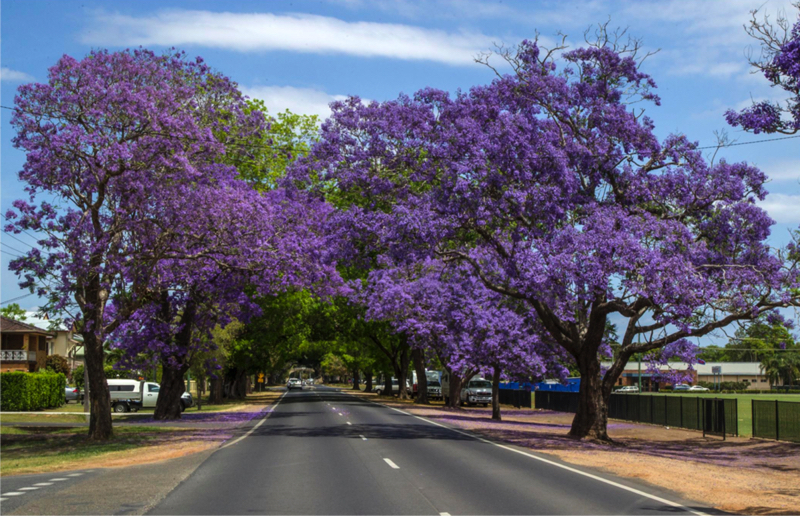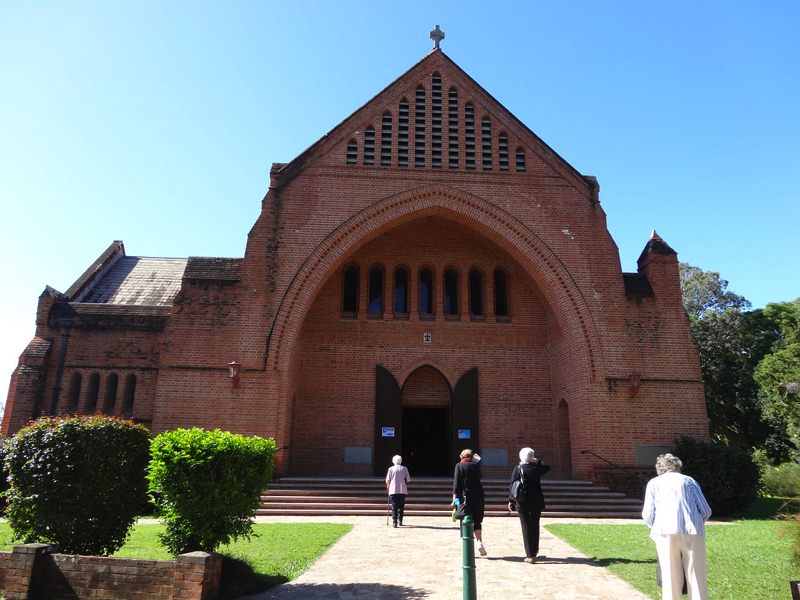Grafton's Unique History and Heritage
Discover the Grafton of the past that has shaped the thriving regional city it is today.
With a population of approximately 19,000 people (19,078 people as at June 2018), Grafton is the largest town in the Clarence Valley, in northern New South Wales and it lies on the Clarence River.
Prior to European settlement, the Clarence River marked the border between the Bundjalung and Gumbaynggirr peoples. For many thousands of years before the arrival of Europeans, the Aboriginal community thrived in harmony with the environment. Aboriginal descendants of both of these language groups still live in the Grafton region today.
Like many other settlements in the area, Grafton was first opened up to European settlement by the cedar-getters. In 1831 an escaped convict named Richard Craig discovered the region. He was given a pardon and 100 pounds to bring a party of cedar-getters on the cutter called “Prince George” to the district, to benefit from the wealth of “red gold” cedar that had not yet been exploited. As word of this wealth spread, more and more people settled in Grafton, including pioneer John Small who arrived on the “Susan” in 1838.
The town was officially named “Grafton” in 1851 by Governor FitzRoy, after his Grandfather, the Duke of Grafton, who was also a former Prime Minister of the United Kingdom. The town of Grafton was later proclaimed a city in 1885.


The Grafton Bridge (often called the “Bendy Bridge” because of its 2 sharp bends, which tend to surprise visitors) was opened in 1932 and connects the main township of Grafton with South Grafton across the Clarence River. Until that time the only way to travel from Grafton to South Grafton was via ferry.
Local industries in Grafton currently include logging, beef cattle, fishing / prawning, sugar, manufacturing and tourism.
Grafton is often called the “Jacaranda City”. This is because there are approximately 1,407 Jacaranda trees that have been planted throughout its streets – the city is practically covered in these spectacular trees!
These beautiful Jacarandas, which are completely adorned in gorgeous purple blossoms when in full bloom, inspire Australia’s oldest floral festival, the Jacaranda Festival. The Festival is held each year in Grafton from late October.
For more information about this wonderful regional Australian Festival, please visit our Grafton Jacaranda Festival page.
We would love to see you in town at the next Jacaranda Festival!


If you are interested in history, architecture or art, we also recommend discovering Grafton’s stunning preserved colonial buildings on a heritage trail, or viewing the fine art collection at the Grafton Regional Gallery.
Grafton has a number of heritage-listed sites, including:
- Christ Church Cathedral – Duke Street
- Historic Grafton Correctional Centre – 170 Hoof Street
- Grafton Bridge – North Coast Railway
- Saraton Theatre – 95 Prince Street
- Arcola, Grafton Bed and Breakfast – 150 Victoria Street
Another notable building in Grafton is Schaeffer House (190 Fitzroy Street), which is an historic 1900 Federation home. It contains the collection of the Clarence River Historical Society, and is also well worth a visit.
